Visiting Papua New Guinea with affiliates in this post.
INTRO
While not my raison d’etre for travel, I have interacted with and met some fascinating tribal groups. Whether that is dancing into the night with the Wodabe people at the Gerewol festival in Chad, breathing in cow shit with the Mundari in South Sudan, or living it up with Prince Charles and the Ashanti in Ghana.
But after spending time in the Highlands of Papua New Guinea, it is difficult to fathom that any country can compete with the quantity and diversity of the tribes of this country located in Oceania.
It is estimated that over 800 distinct tribal groups are in PNG, each with their own culture and language. These 800 distinct languages make this place the most linguistically diverse country.
How did we get there? Parts of PNG are a collection of soaring mountains coupled with valleys in dense, thick rain forests or a series of dispersed islands.
The isolation of the tribes and distinctive traditions also meant there was no strong central government. And, PNG was one of the last countries to be colonized meaning there were fewer outside forces to homogenize the population. The first recorded explorers did not visit the Highlands until the early 1930s.

For example, the Huli and Duna tribes live as close as 30km from each other, but despite that fact, each tribe has their own language, religious practices, and traditional cultures. The challenging terrain, tribal rivalries, and distinct traditions and languages reinforced the isolation and the continuation of these distinct cultures.
WHERE IS IT
This nation which gained its independence in1975 from Australia is in the southwestern Pacific, north of Australia and east of Indonesia. Approximately the size of Sweden, it comprises one larger island it shares with Indonesia and an additional 600 islands. The center of Papua is dominated by mountains topping out with Mt. Wilhem at 4509 meters. Surrounding the mountains are coastal lowlands and river valleys.
THE PEOPLE
Ten million people make their home in PNG. Over 95% of the nation practices Christianity with a strong integration of animist beliefs.
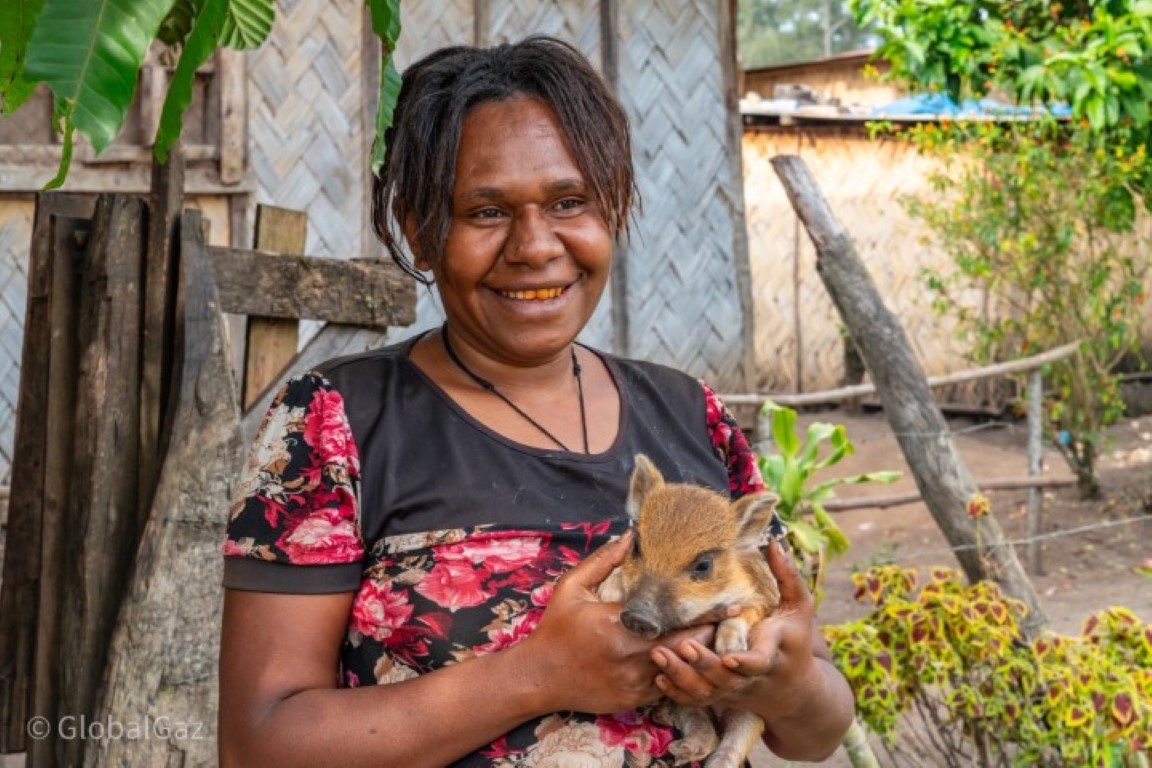
THE LANGUAGE
There are three categories of language in PNG. English is one of the official languages in PNG, and the language for the government, corporate business, and education. You can expect varying levels of English in the Highlands, from none to fluent. Tok Pisin is another official language and is the national pidgin language which allows communication between tribes. And as noted before, there are another 800 languages or so that are specific to the different tribes. Language trivia: How do you say “mermaid” in Tok Pisin? Liklik fish marie.
HOW TO GET THERE
Major gateways for Jackson International Airport (POM) are Singapore, Manila, Brisbane, Hong Kong, and Sydney.
THE AIRPORT
International. This is a somewhat basic, smaller international airport. There is no Priority Pass lounge. There are two cafes and no Wi-Fi.
DOMESTIC
Get here early for any domestic flights. I would encourage 2 hours before. This terminal is poorly run and organized. There are very limited facilities.
THE VISA
Many nationalities can apply for the visa on arrival. It is a straightforward and quick process. As an example, a 30-day tourist visa for US citizens is $50.
STAY CONNECTED
Get your local SIM card at the airport. There are several options. I was advised to use Digicell which works the best in the Highlands. I can report that “working well” is substandard and very uneven. Data is cheap, in my situation, I got 75 GB for about $35.
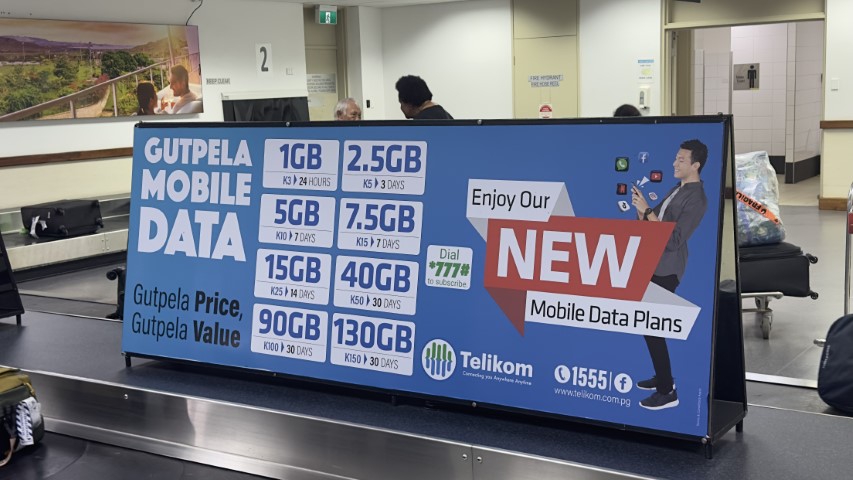
MONEY MATTERS
I found an ATM at the airport, but it was not functioning the day I was there. There are several money exchange shops in the airport. And in the capital of Port Moresby there are many ATMs. (Yes, the two I used charged a transaction fee.) The currency is called the Kina. The US dollar will purchase approximately 3.8 Kina.
I was able to use credit cards at hotels, restaurants, and some shops.
PORT MORESBY
The capital is an unremarkable city located on the coast. You can budget one day to visit the highlights which include the impressive National Museum & Art Gallery, the beautiful and solemn Bomana War Cemetery, Varirata National Park, and the Koiara Waterfall. I hired a taxi driver outside of my hotel for the day for approximately $100. A “tour guide” who was referred to me quoted $250. Ouch!

HOTEL
I stayed at the Holiday Inn Express. It is located in a self-enclosed area with good facilities, but some repeatedly incredibly moronic service. It is about $140 a night including breakfast. The hotel is less than 20 minutes from POM and includes a free airport shuttle. There is a decent restaurant, and my breakfast was included for free.
SECURITY
I have been warned by many that this is a city wracked by crime, even more so after dark. I spent limited time outside of the hotel complex and nothing happened to me. I walked 50 meters across the street to a bank from my hotel and a very proactive security guard shadowed me. Seemed overkill, but again, many reports of street crime.
GETTING AROUND IN PM
There is no Uber or Grab, but in my case, there were a series of taxis lined up. You will have to negotiate since they do not have meters. The rates seemed on the high side to me. One example, $12 to the National Museum about 10 minutes away.
GETTING AROUND PNG
As noted, PNG is marked with challenging terrain. And it is quite fascinating to look at Google Maps and note such a limited road network. For instance, there is no road that connects to the Highlands. It appears there are only 3 road networks for this sprawling country and none of them are interconnected.
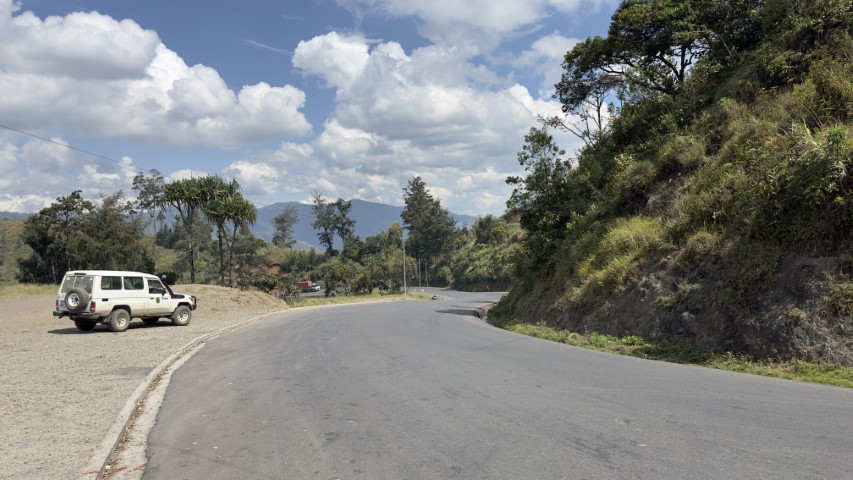
I was pleasantly surprised with some of the roads in the Highlands
The most direct way to reach the Highlands from the capital is to fly. Two main airports in the Highlands, are Mt Hagen (HGU) and Goroka (GKA). Air Niugini and PNG Air are the two domestic carriers with frequent flights. But be prepared for delays and cancelations. One-way flights are approximately 90 minutes and $150. Your best bet, take the earliest flight of the day.

ACCOMODATIONS
While this is one of the richest cultural experiences, there is a very limited tourist infrastructure. For instance, only one hotel is displayed, for instance on Agoda. Take a look at this map showing the two largest cities in the Highlands on booking.com. Only three hotels are displayed. (Of course, there are more than three hotels in the Highlands but they are not connected to the OTAs.)
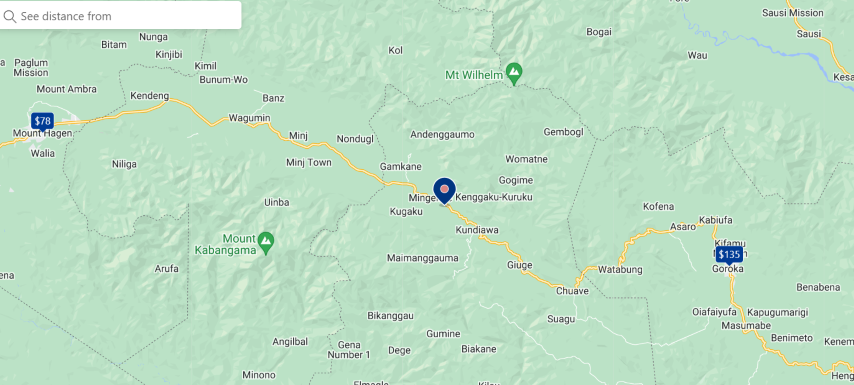
I stayed at four places and can unconditionally not recommend one of them. I stayed at the Omo Bugamo Skeleton Tribe Eco Resort and the Asaro Mudmen Tribal Eco Lodge. These two lodges are set in idyllic settings and constructed from local and natural materials. Both maintain a community lodge to relax and take meals. Please note that these lodges are not fully sealed (meaning, do not to be surprised to see some insects as neighbors) and do not expect all of the Western creature comforts you would encounter in the city. Do not be surprised to take your shower via a bucket of heated water.
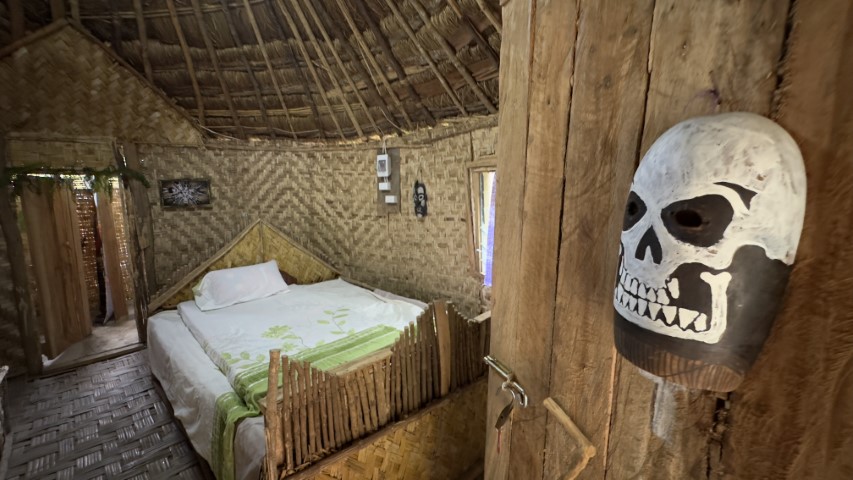
I stayed an additional night at the Kumul Lodge which is an hour north of Mount Hagen. This is your opportunity to bird and to see a Bird of Paradise. The rooms were fully enclosed and also provided hot water showers.
FOOD
Don’t expect a vibrant foodie scene. Most of the meals were taken at the hotels. The food is very simple and basic, from local fruits (avocado, banana, papaya) to taro/sweet potatoes/potatoes to some sort of protein like chicken or meat. Mumu is a style of cooking where you bury your food underground and cook it with hot stones, think pork/chicken with sweet potato, taro, plantains and greens. Another method of cooking food is utilizing bamboo. One end is cut off and then food (protein and greens) is jammed into the hollow center of the bamboo. It is then steamed and then served.
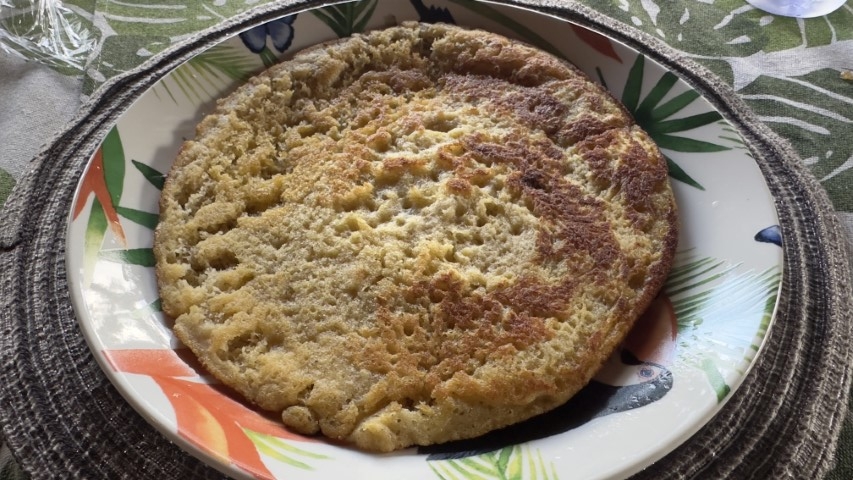
The famous “Peter” banana pancake
In Mt Hagen, I ate at Kofi Kai twice, a wannabe ex-pat-type of restaurant and coffee shop. They did screw up my order both times I ate there. Adjacent is a modern, well provisioned supermarket.
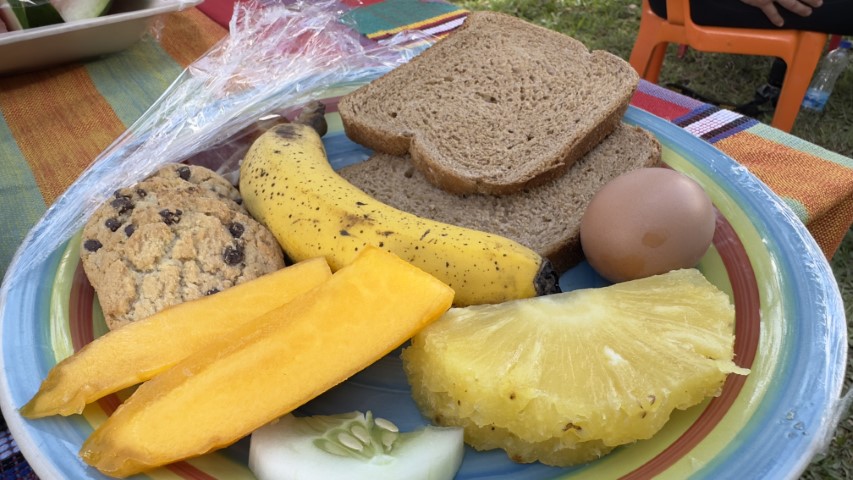
A lunch provided on the road
WHY DID I COME
Let’s be honest, I did not come here for the craft beer scene. Travelers visit PNG for several reasons: WWII history and the Kokoda Track, checking out the Birds of Paradise, indulging in nature, whether it is on the coast for diving or trekking in the mountains.
And I came for the tribes. Remember there are 800 plus unique tribes in PNG. Many tourists come here for the two big Sing Sings (Mt Hagen – August & Goroka – September). Sing Sings are gatherings of the tribes where they showcase their culture – dance, music, and costumes. It is all relative, but these are “touristy” events. A large field with 100 plus tribes gathered; the signs of sponsors (think Cocal-Cola) in the background, encircled by the buildings of either Goroka or Mt. Hagen. Hundreds of tourists jockey with each other to get that perfect shot.
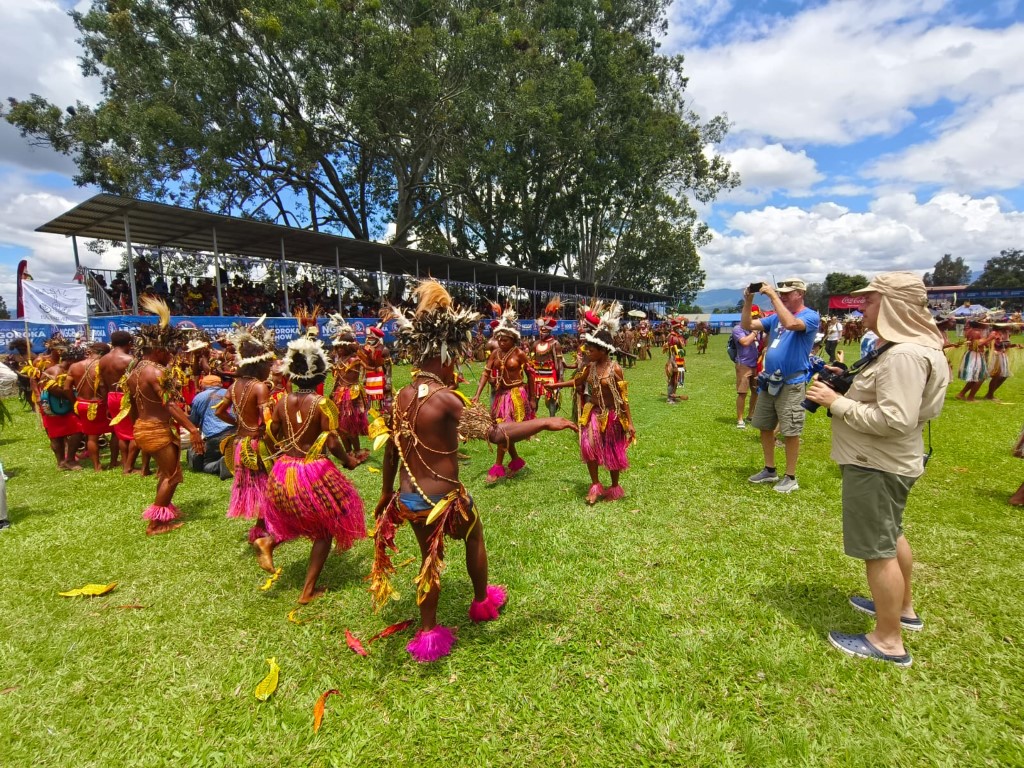
The first Sing Sing dates back to 1957 in Goroka when Australian colonial police officers organized some of the tribes to showcase their culture. There were virtually no tourists at this event. Since then, these two major Sing Sings have increased in size and popularity.
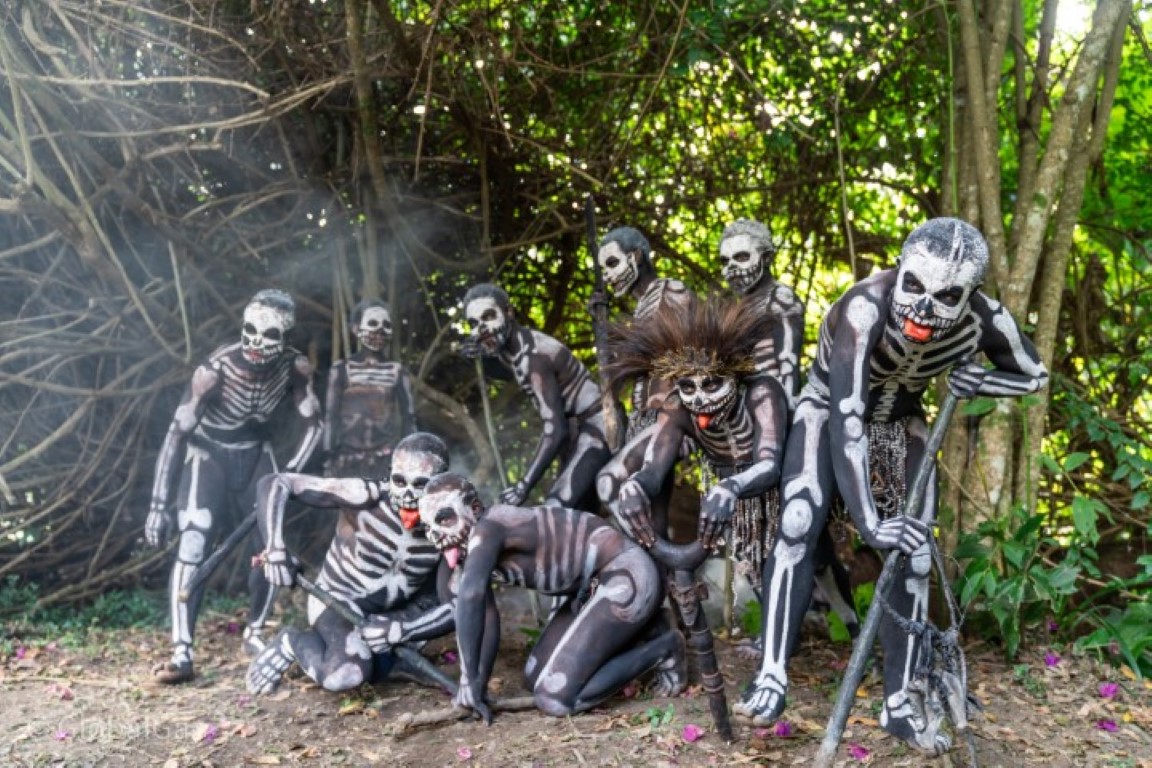
MY EXPERIENCE
I traveled with Tribes of Papua New Guinea, founded by David Van Driesche. David is a professional photographer who runs photo tours to Cambodia, Thailand, Vietnam. But his more recent passion is developing and growing tourism in this unique country.
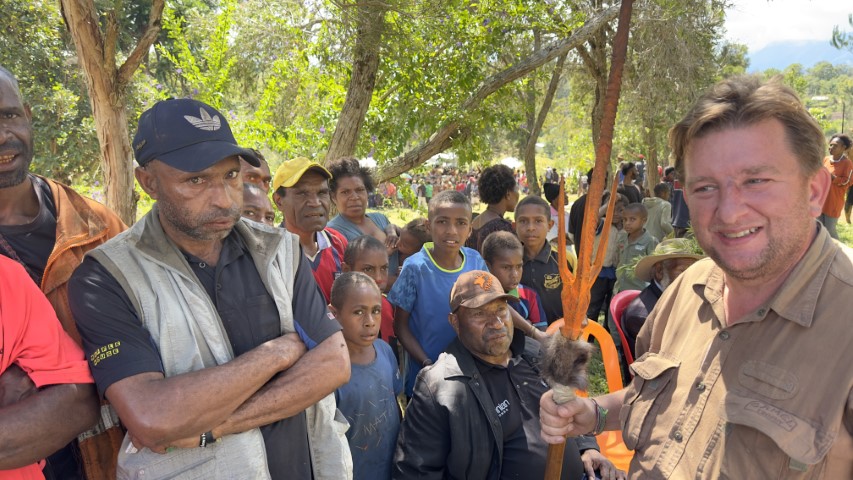
I noted that the well-known Sing Sings might not be the best experience – overcrowded, commercial, the opposite of intimate.
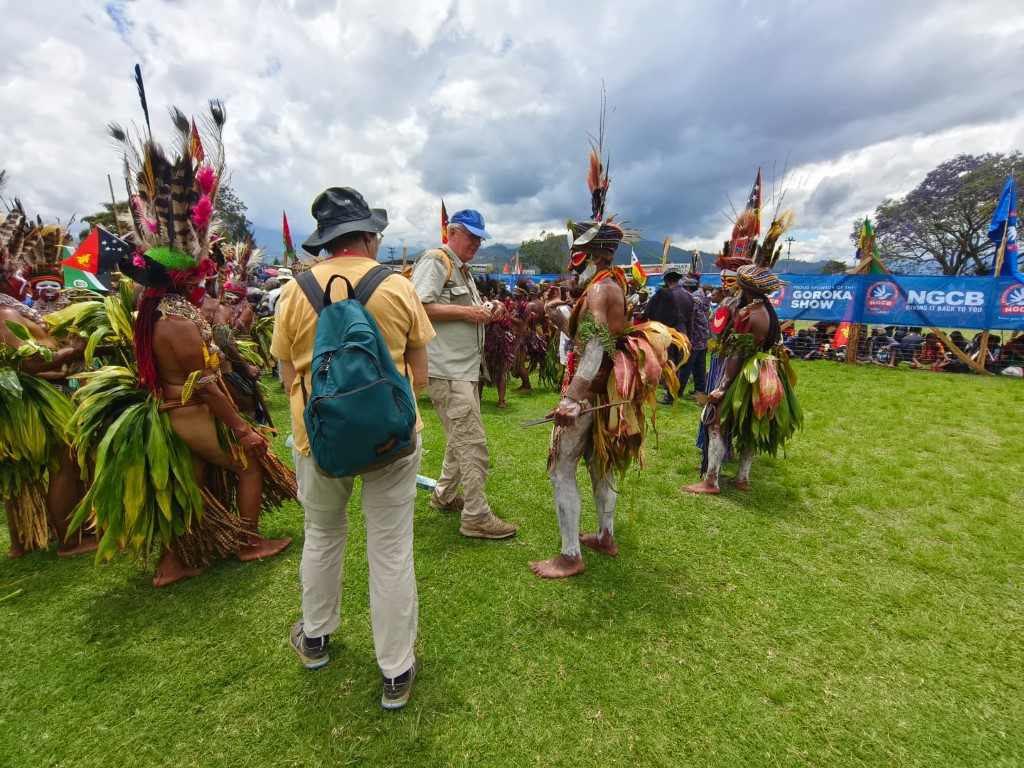
TOPNG organized and produced three private Sing Sings for our group.
- Asaro Mudmen Festival
- Skeleton Tribe Festival
- Waterfall Festival
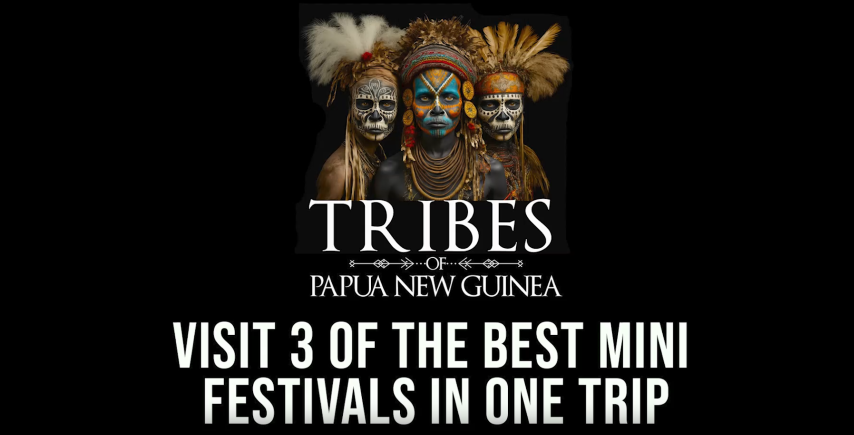
After travelling for so many years, there is always the risk of being a tad jaded. This trip reminded me of why I travel and that magnificent feeling of wonder and surprise.
Over this 2-week period in the Highlands I met over 50 tribes and over 500 tribesmen. It was like drinking from a firehouse. At times, tribes would parade in, one after another, I didn’t have enough time to photograph everyone. Even more shocking was this event was for six travelers including myself. This was a truly intimate experience.
WANT TO JOIN ON A FUTURE TRIP?
Want to join this trip or another fixed date departure? Contact me at ric @ globalgaz.com. I have negotiated a special 10% discount with TOPNG.
THE PEOPLE
There are economic challenges for many of the people living in the Highlands. Economic development is low. Many live in subsistence-like settings, living off the land or having limited disposable income.
Compared to other developing countries that I have visited not one person asked/begged for money during my stay. It was simple, straightforward and pleasant to speak and engage with virtually everyone I met in the Highlands. (FYI The one thing I noted, was several hotel workers would present gifts to guest in a pleasant manner, but they were hoping for a gift in return.)
I took a lot of photos. And I mean a lot (around 8000 for two weeks). The tribesmen who were presenting/performing for our group were incredibly patient and understanding.

I made an effort to engage and speak with many of these people, to say thank you, to learn something about them, to smile with them. And of course, try and make them laugh.
And it goes both ways … you might want to take photos of everyone you meet. Well, those in the Highlands are also curious about you. They will take your photos; they will want to watch you. We went to visit a waterfall and over 200 of the villagers followed and watched us.
SECURITY
I noted that Port Moresby has a rough reputation for crime, so please take caution.
There are also security issues in the Highlands. As most travelers agree, people around the world are generally good people who want to help and welcome you. Of course, we have the bad apples, and they exist in PNG.
Incidents shared with me. At one of our private Sing Sings, a group of locals waited for us, demanding a cash gift. Our guides discreetly dealt with this issue. Another example, a different group was crossing a small river, but the locals removed the wooden bridge. And they also demanded a gift to reassemble the bridge.
Of course, there is outright violence. One day a policeman joined our group because the day before two tribes had clashed leaving some dead. With the policeman we were more secure and passed through check points with greater ease in the areas with the violence. And a priest who killed another local in a drunk driving accident was killed by the victim’s family. The police returned and then the murderers of the priest were subsequently arrested.
Did I feel safe? The entire time. We in the travel community can debate whether a guide is needed or not. I think this is a good example where a guide can add value by providing insights and local knowledge allowing for better security.
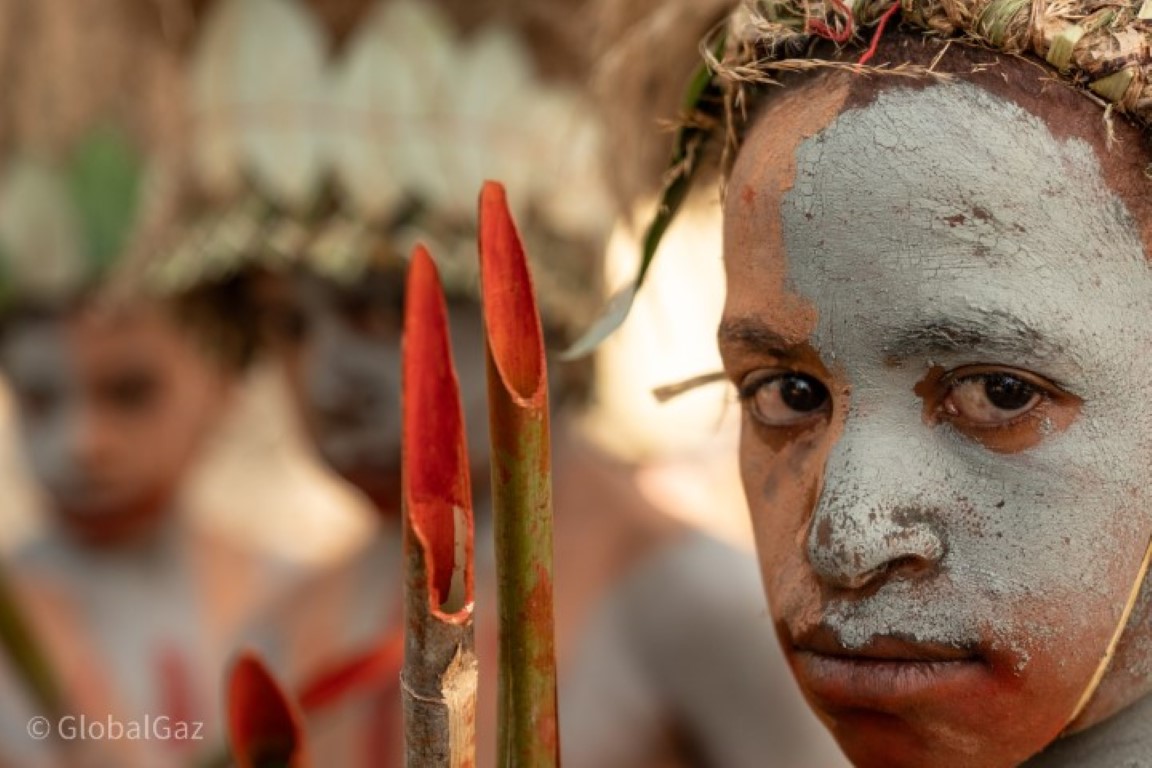
Check out the Faces of Papua New Guinea. Visiting Papua New Guinea
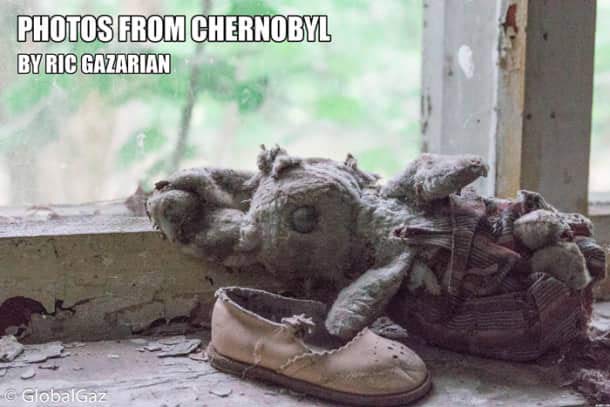
Photos From Chernobyl
Sign up to receive your free copy of Photos From Chernobyl. Over 100 photos from the Chernobyl Exclusion Zone.


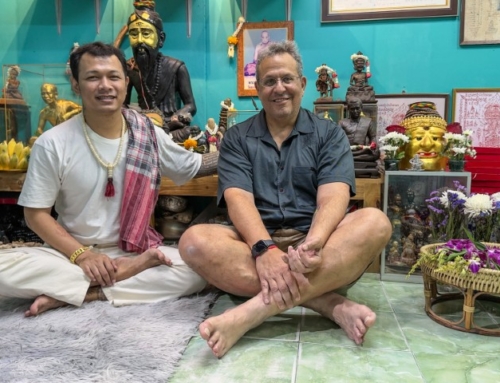
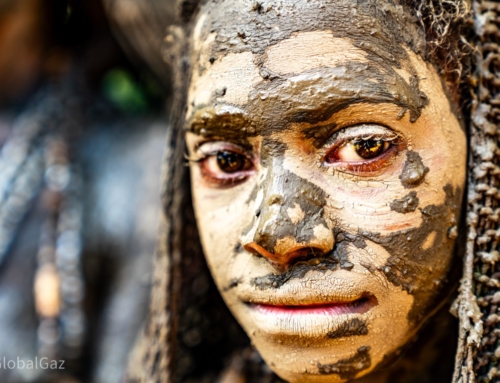
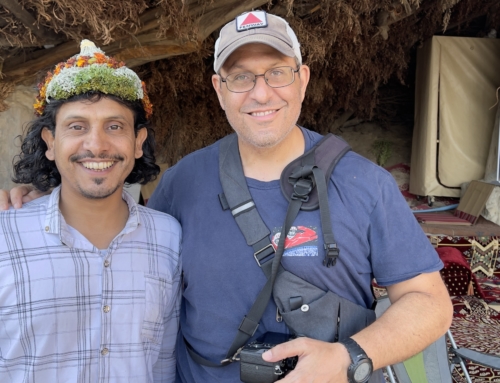
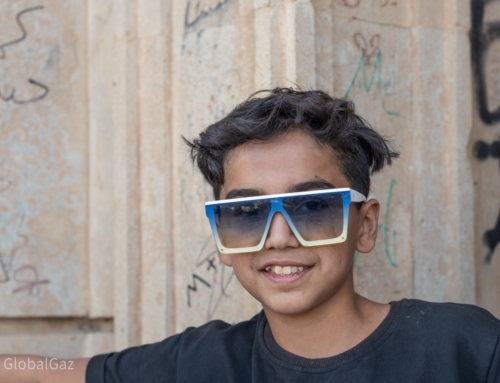
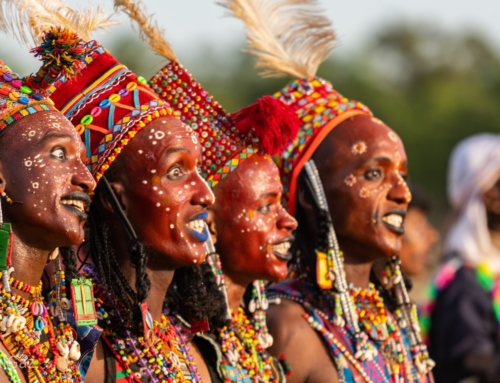
[…] you need to know Visiting Papua New Guinea. Read my […]
[…] Still, only about 20,000 visitors come each year. Travelers learn about the wantok system, which means tribe members help each other. With mostly Christian residents among other faiths, it presents a mix that adds to its allure. For travel info, check out this comprehensive guide. […]
What an incredible journey you’ve shared! The cultural diversity and the unique tribes of Papua New Guinea truly make it a fascinating destination. It’s amazing to think about the 800 distinct languages and traditions thriving in such a remote area. I appreciate your insights on travel logistics and accommodations, especially for those looking to explore the Highlands. The experiences with local food and the rich history of the tribes sound unforgettable. Thank you for highlighting this stunning part of the world!
very informative article about Papua new guinea tribes. I like the images of native tribe of Papua New Guinea. Thanks for sharing!
great detailed blog thank you